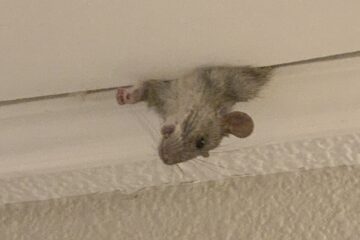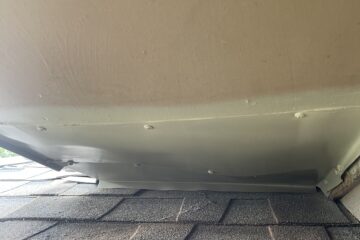When it comes to rodent control, using effective traps and baits is essential in eliminating infestations. Traps offer a humane and targeted approach, while baits attract and eliminate rodents. Understanding the different types of traps and baits available can help you choose the most suitable options for your specific rodent control needs. In this article, we will discuss effective traps and baits commonly used in rodent control.
Traps:
- Snap Traps:
Snap traps are traditional, spring-loaded devices designed to quickly and humanely kill rodents. They consist of a wooden or plastic base with a metal snap mechanism. When a rodent triggers the trap while attempting to access the bait, the spring snaps shut, providing a swift and efficient capture. Snap traps are most effective when placed along known rodent pathways or near nesting areas.
- Glue Traps:
Glue traps are adhesive sheets or boards that capture rodents by trapping them with a strong adhesive surface. These traps are placed along walls or in areas where rodent activity is observed. When rodents step onto the glue trap, they become stuck, allowing for easy removal. Glue traps are a non-toxic option but should be checked and rodents should be disposed of promptly to prevent prolonged suffering.
- Live Traps:
Live traps are designed to capture rodents alive for relocation. They consist of a box-like structure with an entrance and a mechanism that triggers the door to close once the rodent enters. Live traps are a humane option and allow for the safe capture and release of rodents in suitable outdoor locations away from your home. It is important to release captured rodents far enough from human dwellings to prevent their return.
Baits:
- Rodenticide Baits:
Rodenticide baits are chemical formulations specifically designed to attract and poison rodents. These baits contain ingredients that are lethal to rodents when ingested. Rodenticides are available in various formulations, including pellets, blocks, and liquid baits. It is crucial to follow the instructions and use rodenticides with caution, placing them in tamper-resistant bait stations to prevent accidental exposure to children or pets.
- Food Baits:
Food baits are an effective and more natural way to attract rodents. Common food baits include peanut butter, chocolate, nuts, dried fruits, and grains. These baits can be placed in traps or in bait stations designed to protect the bait from non-target animals. It’s important to regularly inspect and replace food baits to ensure their freshness and attractiveness to rodents.
- Scented Baits:
Scented baits rely on attracting rodents through their sense of smell. These baits use synthetic scents that mimic the smell of food or pheromones that rodents find appealing. They can be applied to traps or used in bait stations. Scented baits can be particularly effective when targeting specific rodent species or in situations where rodents are avoiding traditional food baits.
Using effective traps and baits is crucial for successful rodent control. Snap traps, glue traps, and live traps provide humane and targeted methods of capturing rodents. Rodenticide baits are useful for eliminating rodent populations, but caution must be exercised to prevent accidental exposure. Food baits and scented baits attract rodents and can be used in conjunction with traps or bait stations. Remember to follow the instructions for traps and baits, regularly inspect and maintain them, and consider seeking professional assistance from Red Rover Rodent Removal for comprehensive rodent control. By selecting the right traps and baits for your specific situation, you can effectively eliminate rodent infestations and protect your home from these unwanted pests.




